How to install Pip on Mac in just a few steps
2 min. read
Updated on
Read our disclosure page to find out how can you help Windows Report sustain the editorial team. Read more
Key notes
- When it comes to programming, Python is one of the most used and versatile languages.
- In order to use Python packages on your Mac, you need to use Pip, and in today’s article, we’ll show you how to install it.
- If you want to explore some more useful guides, check out our Fix Mac issues section.
- To learn more about Mac computers, a good place to start would be our Mac Hub.
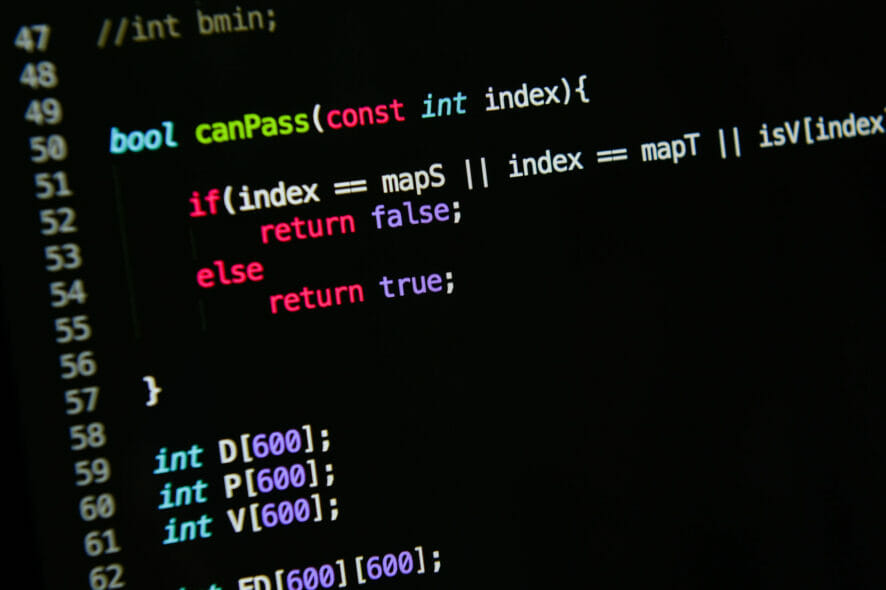
Pip is a package installer for Python, and if you’re a developer you’re probably familiar with it.
Installing Pip isn’t always as simple, especially if you’re new to it, but in today’s article, we’re going to show you how to install Pip with ease.
How do I install Pip on Mac?
1. Use the Terminal
- Go to Applications > Utilities.
- Start the Terminal from there.
- First, we need to check if we have Python installed. We do that by running this command:
python –version
- If you get a message saying that you don’t have Python installed, you’ll need to install it manually and then repeat this solution.
- Run the following command:
curl https://bootstrap.pypa.io/get-pip.py -o get-pip.py
- After the command has finished running and you’ve downloaded the required files, run this command:
python get-pip.py
After the command has finished running, Pip should be installed and ready to use.
2. Running Pip
- Open the Terminal.
- Once the Terminal opens, run the following command:
pip –version
- If everything is in order, it means that pip is installed successfully.
- Optional: Check if pop, setuptools, and wheel are up to date by running this command:
python -m pip install --upgrade pip setuptools wheel
After updating everything, you can install components by running the following commands:
pip install "SomeProject"– to install a specific projectpip install "SomeProject==1.4"– to install a specific version of a projectpip install "SomeProject>=1,<2"– to install a version equal to one version but less than the other onepip install "SomeProject~=1.4.2"– to install a version that is compatible with a certain version
You can also upgrade packages by running the following command:
pip install --upgrade SomeProject
Python is an incredibly powerful programming language, and if you want to use it, you’ll need to have Pip installed. If you found our guide helpful, let us know in the comments below.
[wl_navigator]
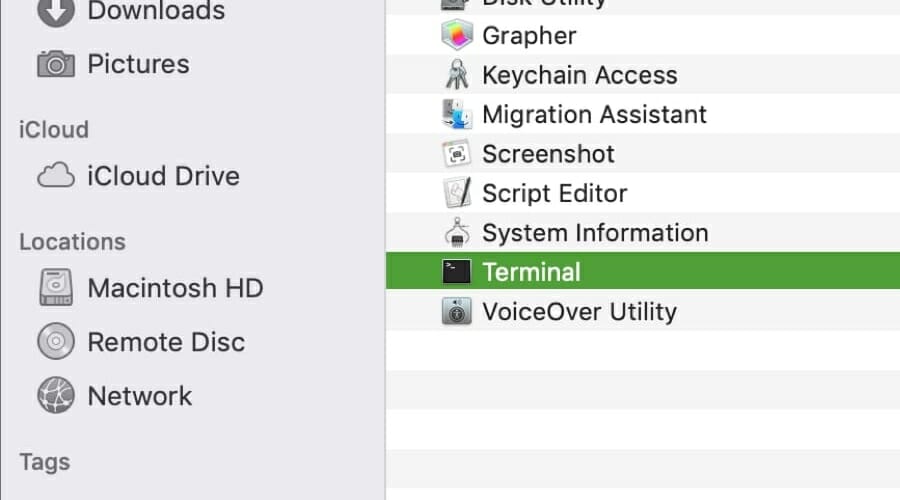

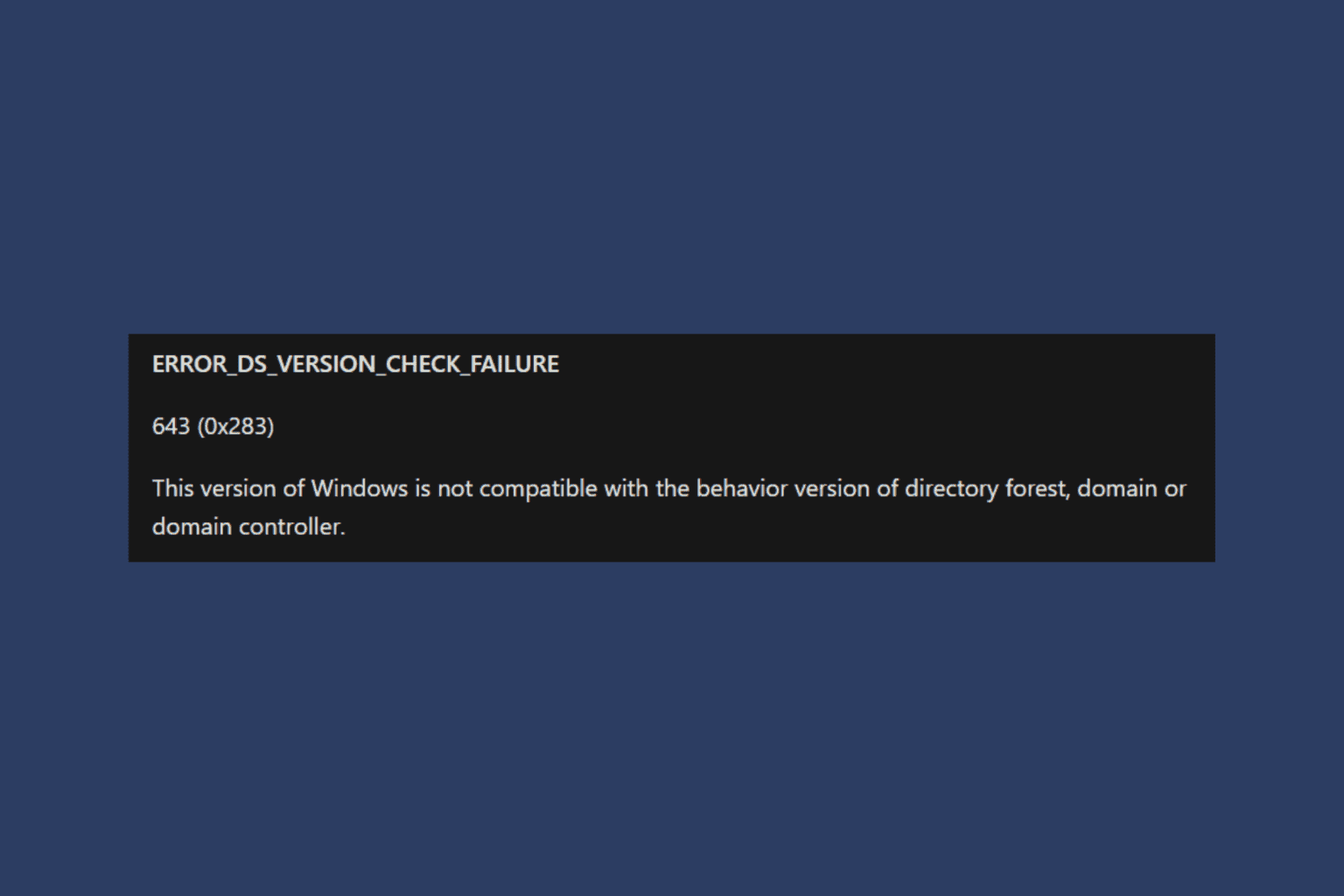
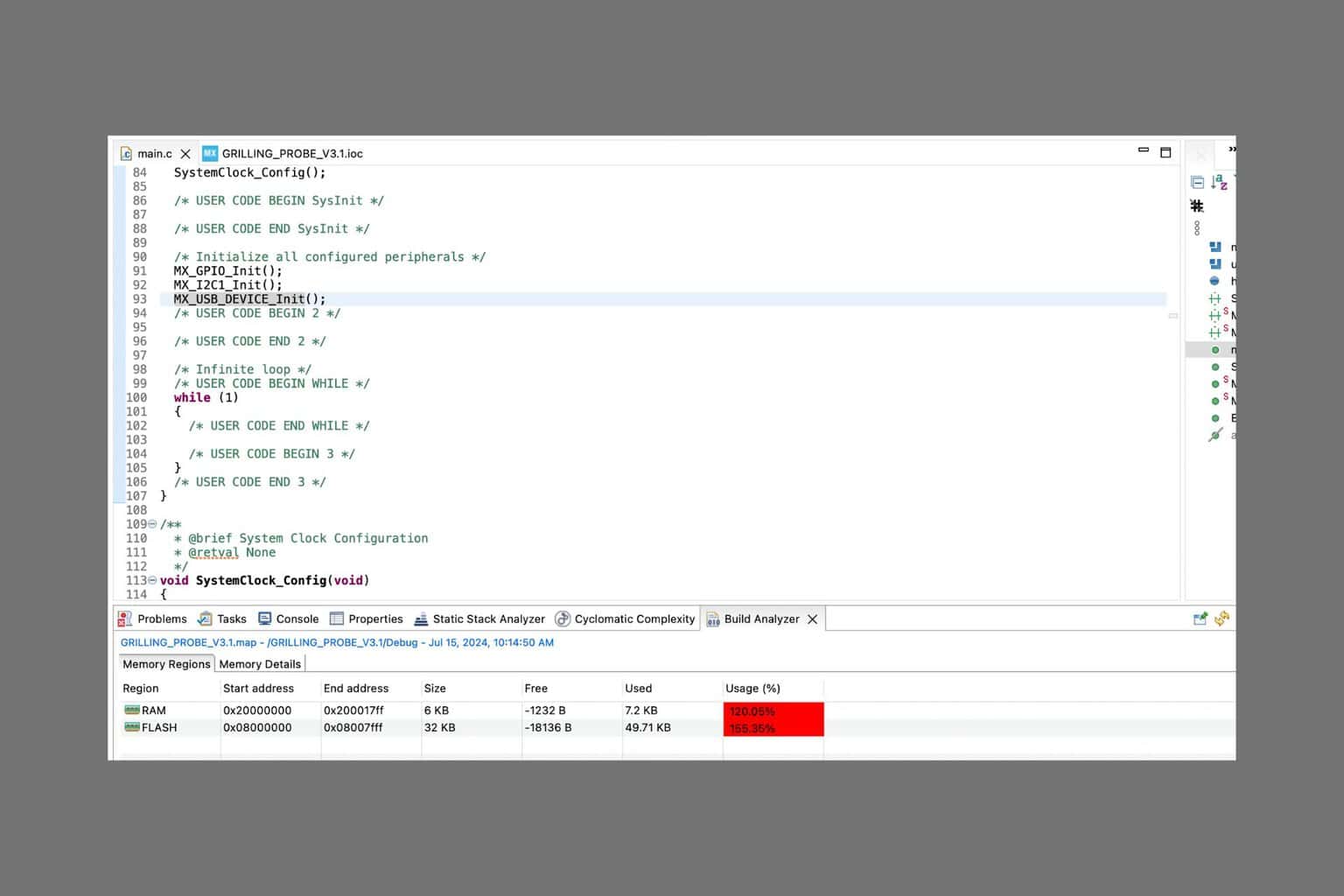

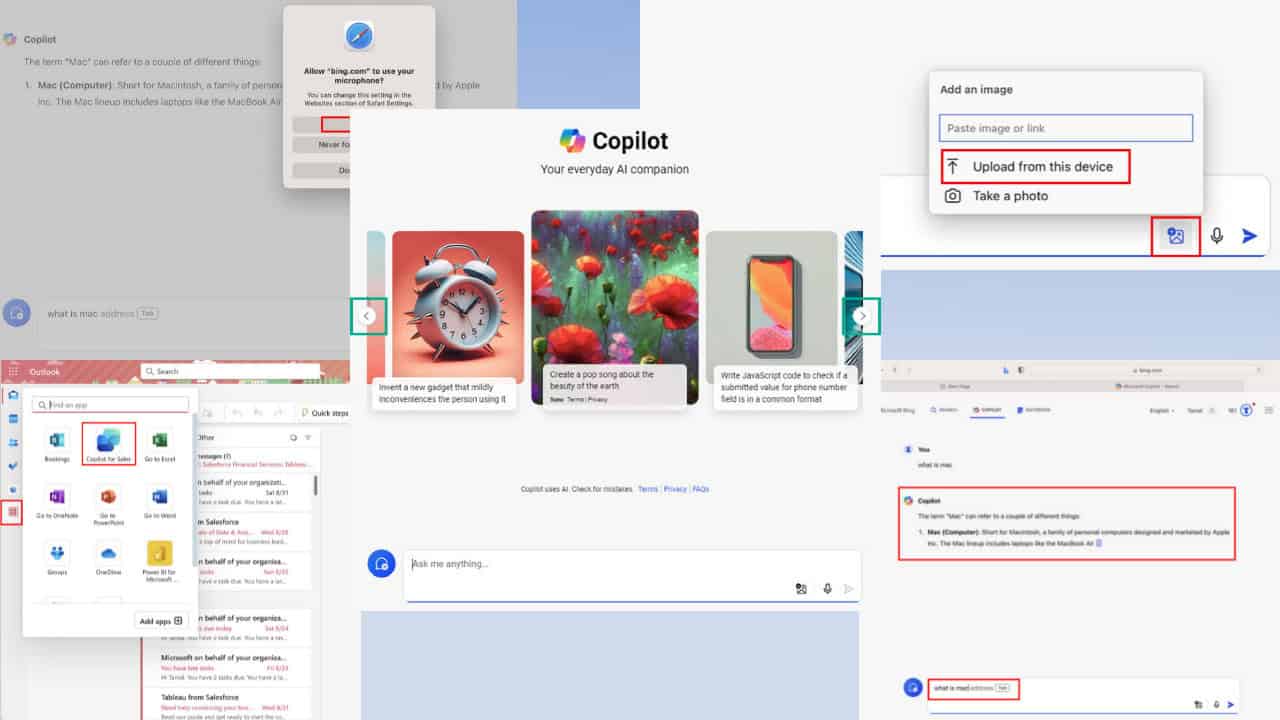
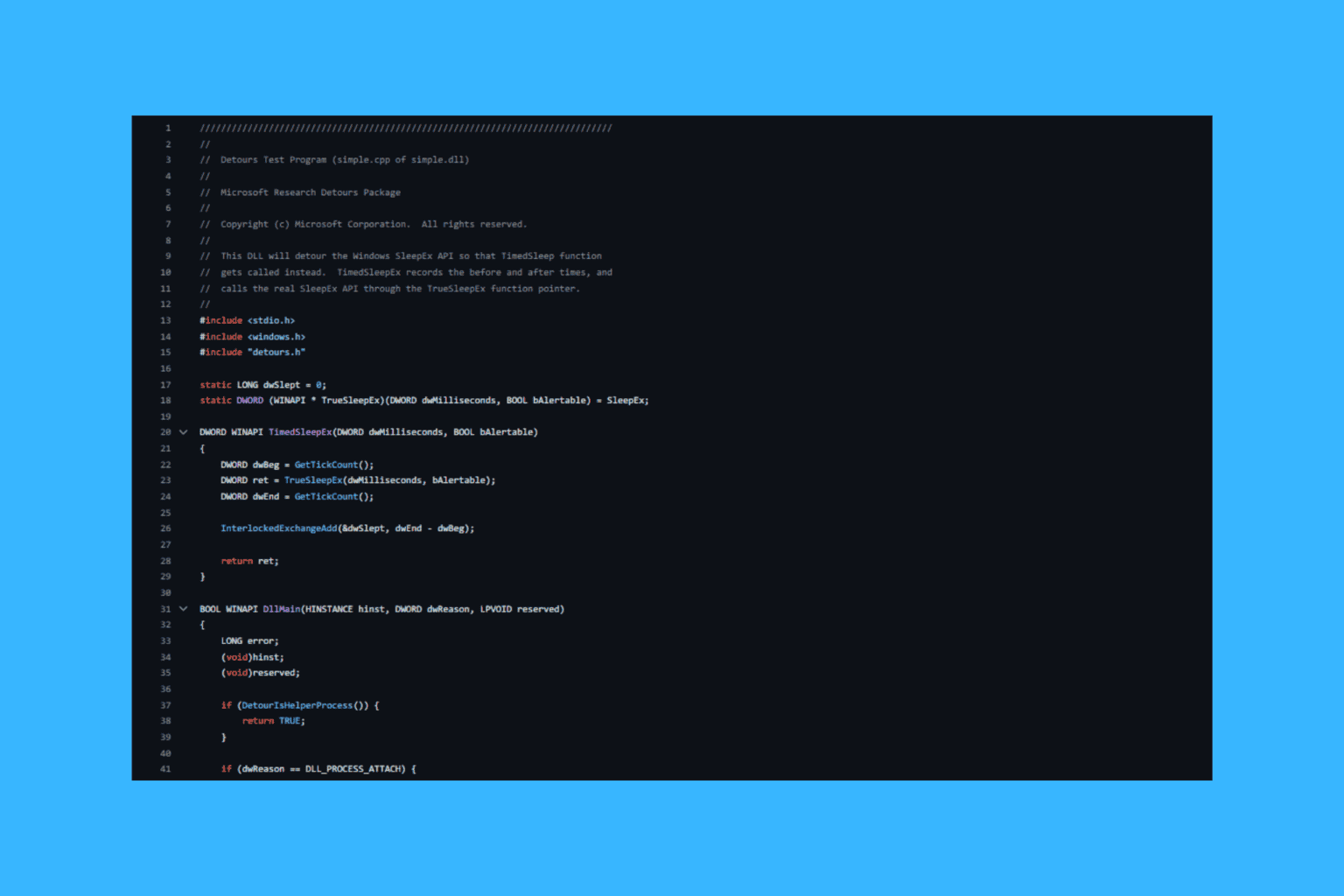


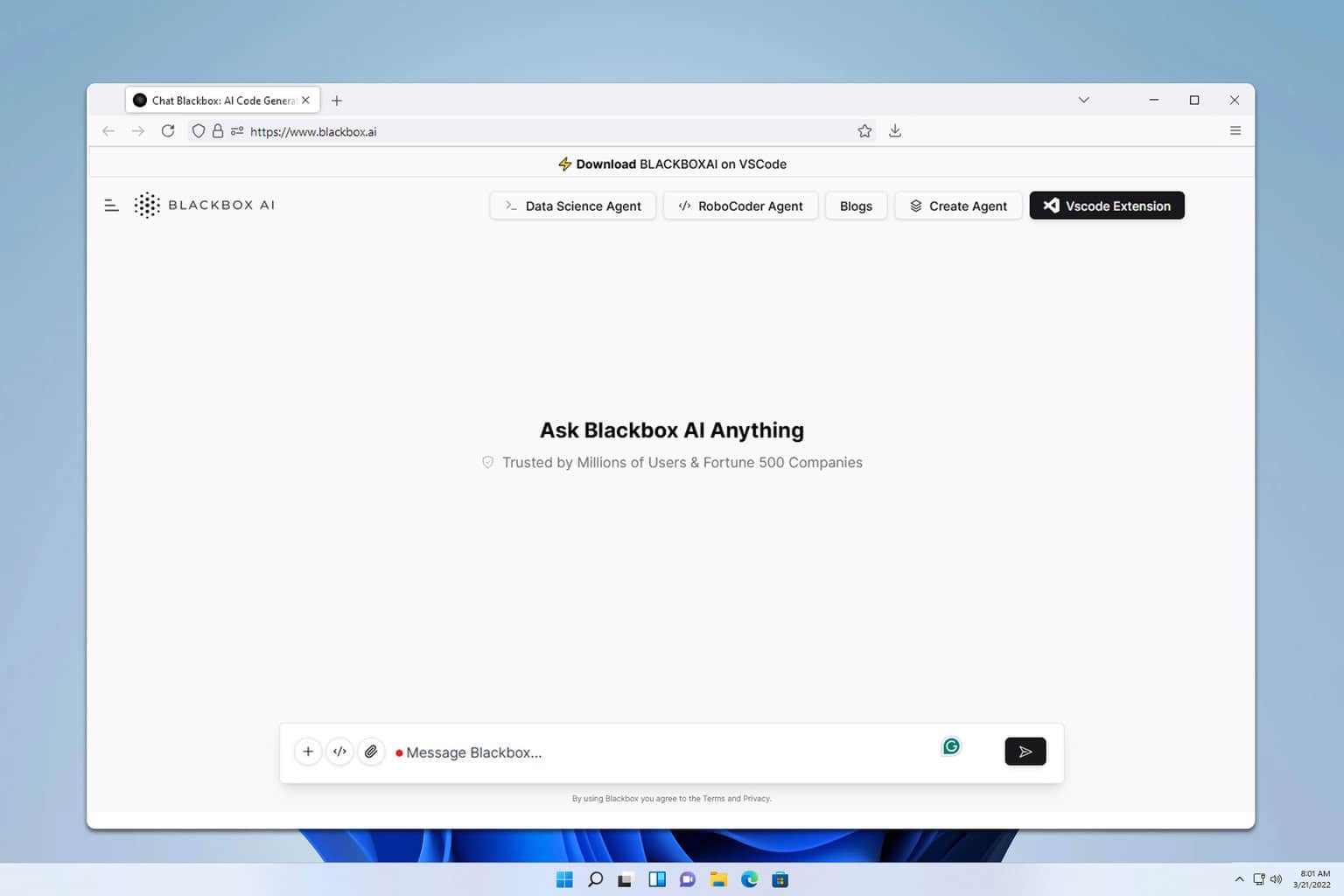
User forum
0 messages